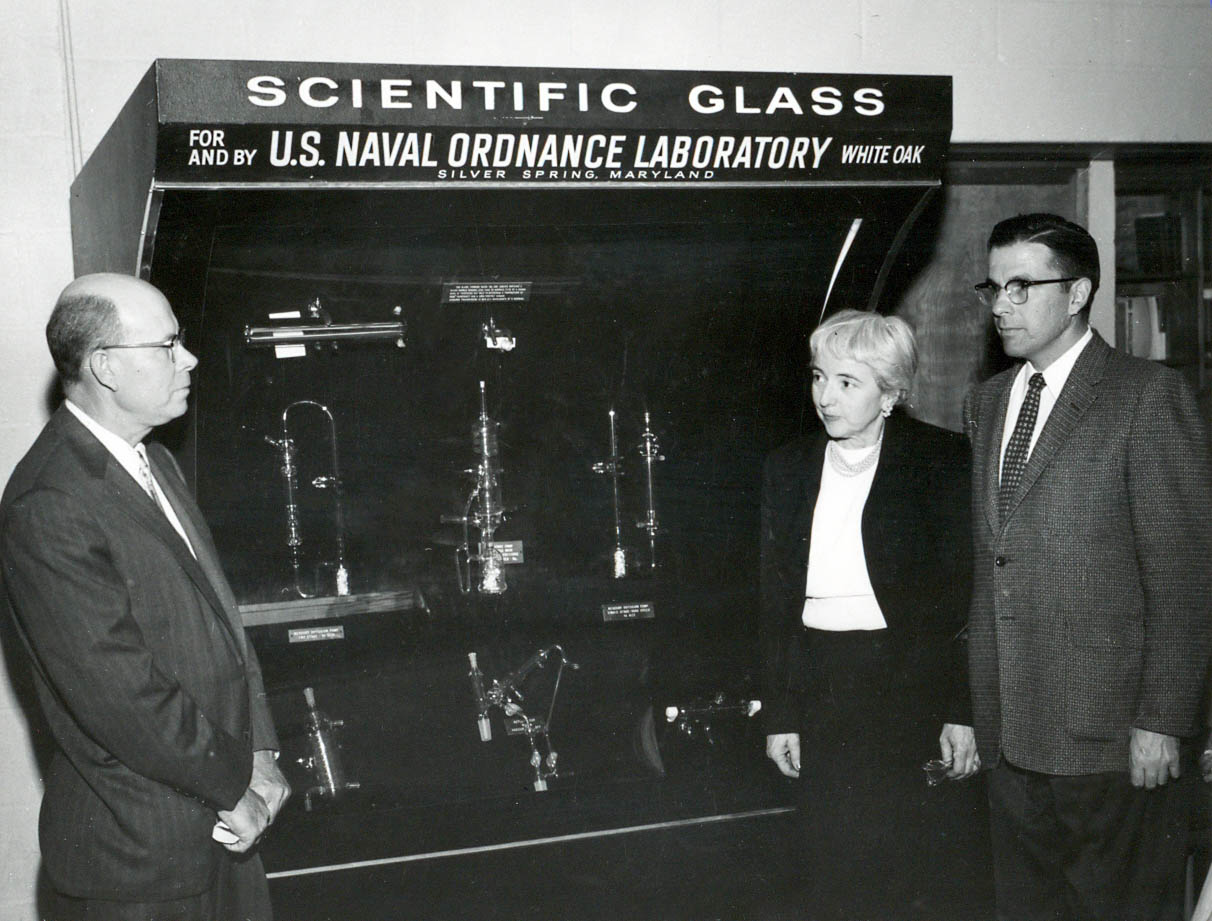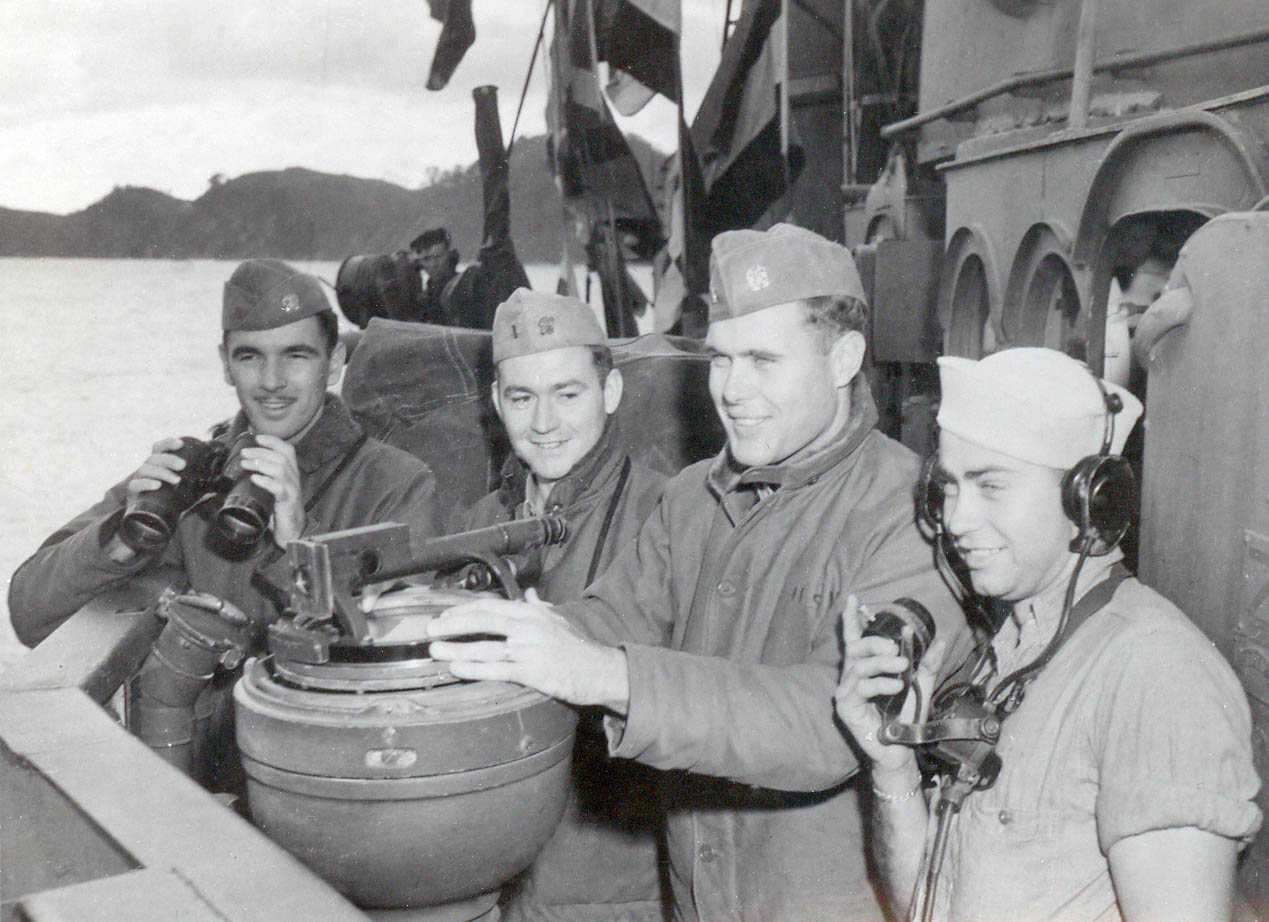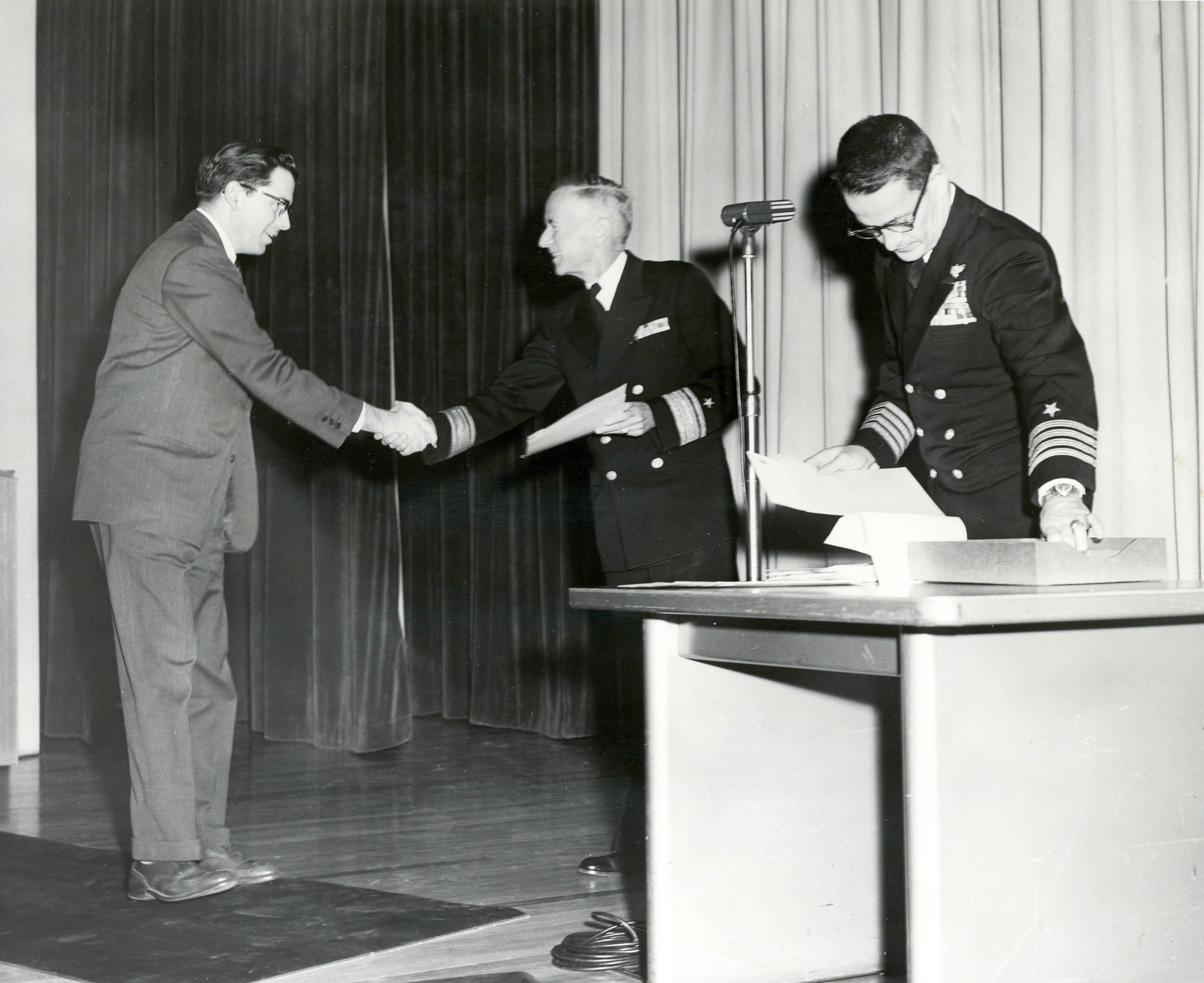Richard L. Petritz was born October 24, 1922 in Rockford, IL. The middle of three boys, his Father (John, of Austrian decent) was a graduate of the Georgetown Law School and an executive of the Interstate Commerce Commission. His Mother (Martha) was a professional artist.
In 1944 he graduated from Northwestern University with a Bachelors in Science, and then served two years in the Navy, seeing action in the Pacific arena. His ship, the USS Bauer, received the Presidential Unit Citation for service in the battle at Iwo Jima and the invasion of Okinawa. He returned to Northwestern to earn a B.S. and M.S. in Electrical Engineering and a PhD in Physics.
In the summer of 1949 Petritz was recruited for work in nuclear physics at the Los Alamos National Laboratory, working alongside some of the most notable physicists of the 20th Century (e.g. Bethe, Fermi, Teller, Oppenheimer, Segert). During that summer and fall, weekly Colloquia consisted of presentations from these top physicists on subjects like Hans Bethe’s view on Recent Developments in Quantum Electrodynamics, G. Gamow’s and Ed Teller’s presentation of Quantum Theory to Biology, and a host of other classified subject matter.1) “Colloquia Announcements”, Los Alamos Scientific Laboratory Bulletins, June – September, 1949.
Audio Interview: Los Alamos
While there, Dr. Petritz was credited with defining “the Petritz ray theory of nuclear bomb efficiencies”. These were formative years for Petritz and — as a theoretical physicist and electrical engineer — thrust him into a career of teaching and research.
He taught at Catholic University in Washington, D.C. starting in 1950 and continued research as Chief of the Semiconductor Research Branch at the U.S. Naval Ordnance Laboratory, White Oak, Maryland. During this time as a professor and research scientist Dr. Petritz published 26 technical papers, receiving a meritorious civilian award from the U. S. Naval Ordnance Laboratory in 1954 for research in semiconductor technology.
He received the IRE’s Browder J. Thompson Award in 1954 for best research paper by an author less than 30 years of age.
Audio Interview: Academia
While receiving high praise from his peers for achievements in research, he was also an active supporter of science in K-12 education, working in collaboration with public school leadership to introduce Science fairs into the Bethesda school system.

First Science Fair: Woodacres Elementary School, Bethesda MD, 1957; Dr. Petritz with School Principal, Alexandra Landis, PhD (Art Education)
References
| ↑1 | “Colloquia Announcements”, Los Alamos Scientific Laboratory Bulletins, June – September, 1949. |
|---|

